Home >Backend Development >C#.Net Tutorial >C# basic introductory tutorial: 10 recommended zero-based introductory tutorials for C#
C# basic introductory tutorial: 10 recommended zero-based introductory tutorials for C#
- 零下一度Original
- 2017-06-15 10:49:027506browse
This article mainly introduces the basic knowledge of C# in ASP.NET. It has a certain reference value. Let’s take a look at it with the editor. As a development framework, asp.net has been widely used. In addition to the front-end HTML, css, JavaScript and other back-end languages, the basis of its development is the most important. The support is still C#. The following is a summary of the main basic knowledge used for future learning. 1. C# is an object-oriented programming language, mainly used to develop applications that can run on the .net platform. is a strongly typed language, so every variable must have a declared type. There are two data types in C#: value types and reference types. (Where value types are used to store values, reference types are used to store references to actual data). 1. Value type The value type represents the actual data and is stored in the stack. Most basic types in C# are numeric types. Value types include simple types, enumeration types, and structure types. Simple types include numeric types and bool types. (Generally, choose the numeric type according to your needs. When the value is small, you can try to choose the byte type). 2. Reference type Reference type represents a pointer or reference to data, which can store real objects
1. Detailed introduction to the basic knowledge of C# in ASP.NET

Introduction: This article mainly introduces the basic knowledge of C# in ASP.NET. It has certain reference value, let’s take a look at it with the editor
2. Basic introduction to C#-simple understanding of annotations

#Introduction: This article mainly introduces the relevant knowledge of annotations in C#, which has a very good reference value. Let’s take a look at it with the editor
3. C# Basic Introduction-Keyword Introduction

Introduction: This article mainly introduces the basic knowledge of C#-keyword related knowledge, which has a very good reference value. Let’s take a look at it with the editor
4. C# Basic Introduction - Detailed explanation of constants
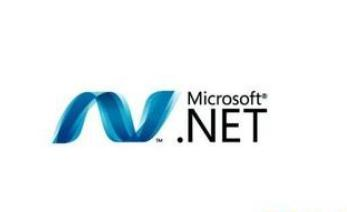
## Introduction: This article mainly introduces the related constants in C# Knowledge, with good reference value. Let’s take a look with the editor below
5. Basic entry-level algorithm of C#-exchange code example
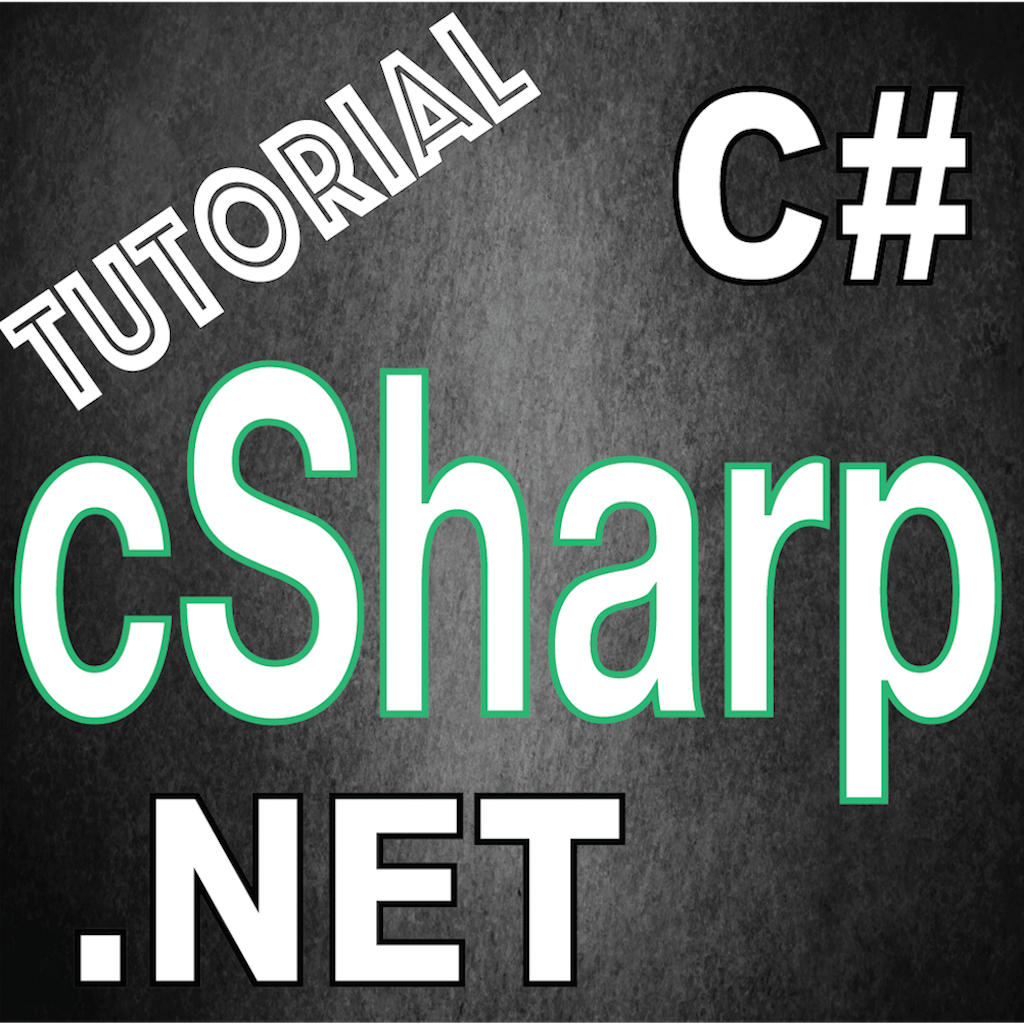
Introduction: This article mainly introduces the algorithm in C#: exchange-related knowledge, which has a good reference value. Let’s take a look with the editor below
6. Basic Introduction to C#-Introduction to Variables
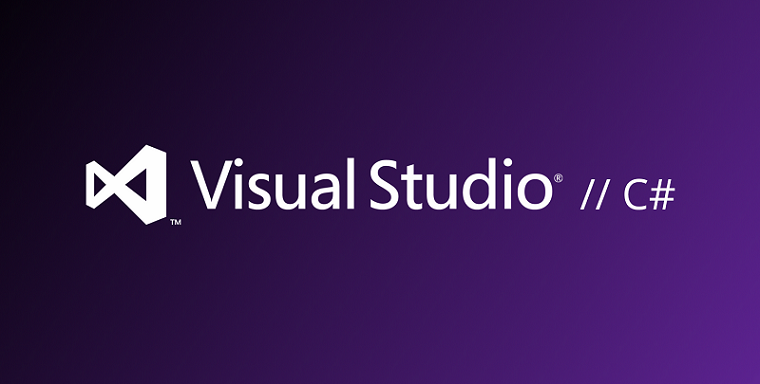
Introduction: This article mainly introduces the basic knowledge of variables in C# and has a good reference value. Let’s take a look with the editor below
7. C# Basic knowledge of basic knowledge (21) Commission (2)

Introduction: This method passes a DescriptionDelegate description delegate type in. Then make some modifications to this method to make it more convenient to use and the code will be cleaner. Be reasonable. Encapsulate the delegation, and then put forward the programmer description methods in different languages:
8. Basic knowledge of C# (20) Delegation (1)
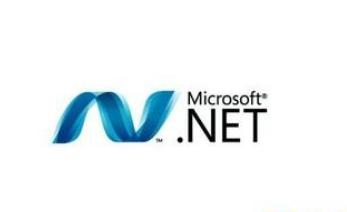
Introduction: Delegates and events are used a lot in C#, especially when doing form programming, many operations must be done through delegates and events processing and delivery. Here is a detailed explanation of the usage and reasons of delegates and events, so that we can understand it more clearly when writing code.
9. C# Basic knowledge of basic knowledge (19) Boxing and unboxing of value types (2)

Introduction: If the code will cause repeated boxing by the compiler, you can change it to manual boxing. This will make the code execute faster. See the following code:
10. C# Basic knowledge of basic knowledge (18) Boxing and unboxing of value types (1)
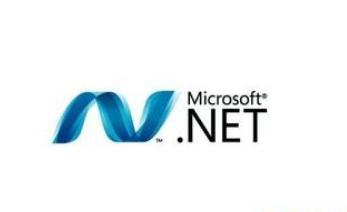
Introduction: It is actually very interesting to understand boxing and unboxing carefully. First, let’s look at why boxing and unboxing occur?
The above is the detailed content of C# basic introductory tutorial: 10 recommended zero-based introductory tutorials for C#. For more information, please follow other related articles on the PHP Chinese website!

